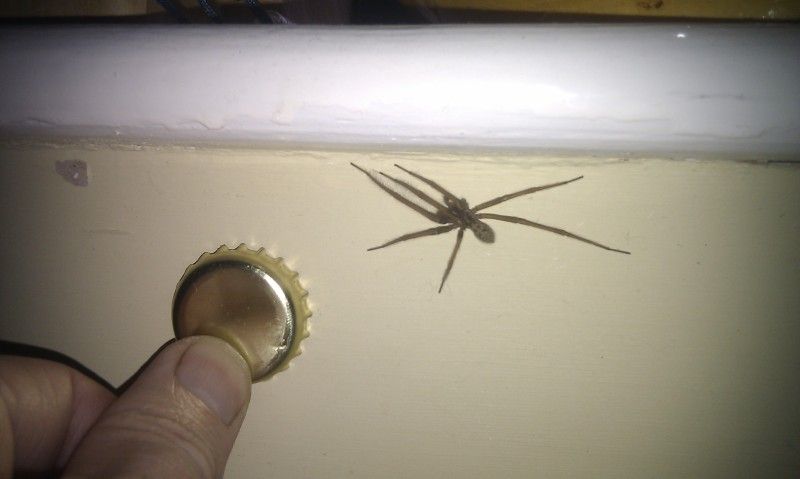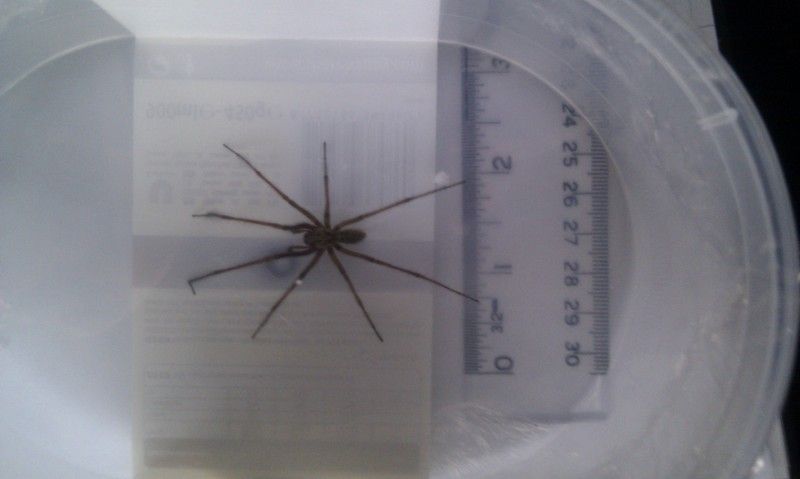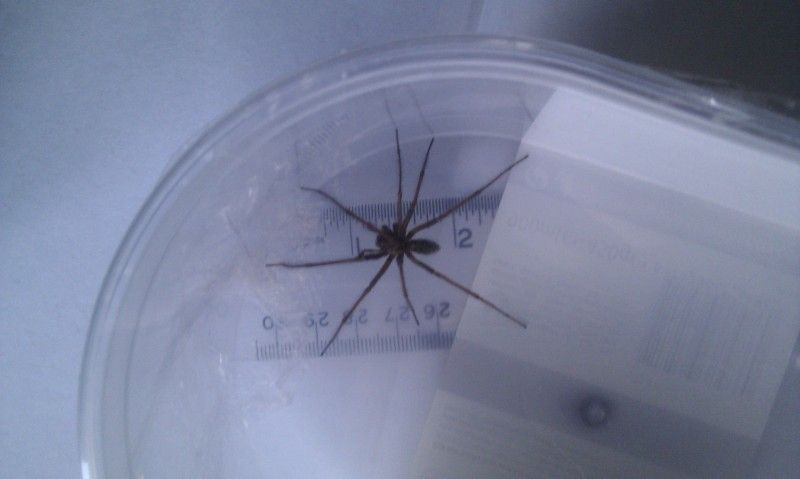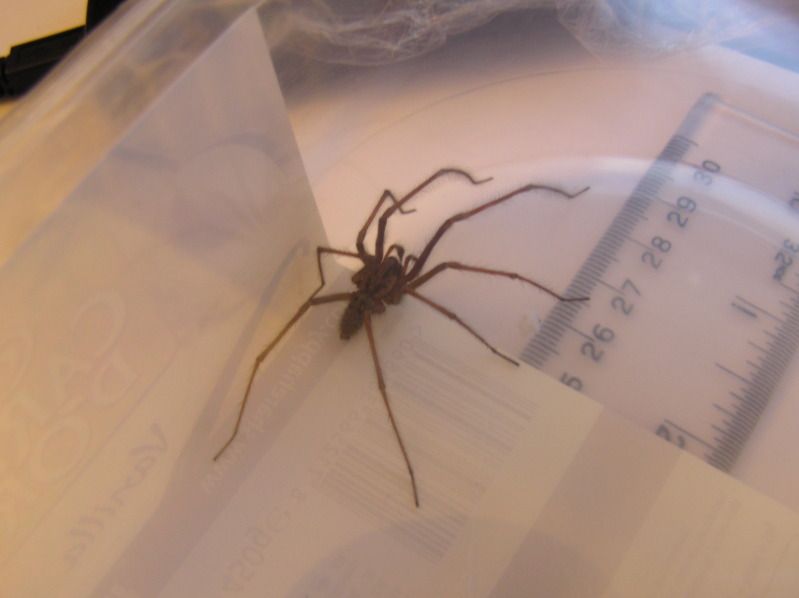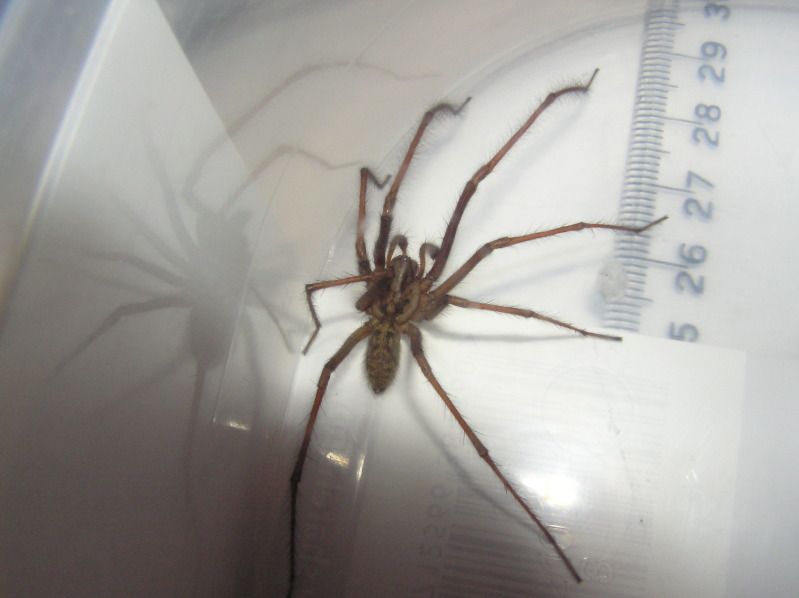Looking at Eyed hawk moth caterpillar images i believe you are correct.  Its the blue tail that gives it away then?
Its the blue tail that gives it away then?
Just looked at the moth images too. Beautiful creatures. Natural selection champions perhaps
Just looked at the moth images too. Beautiful creatures. Natural selection champions perhaps




